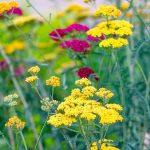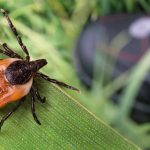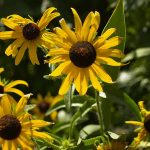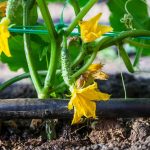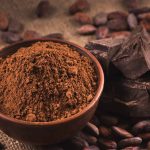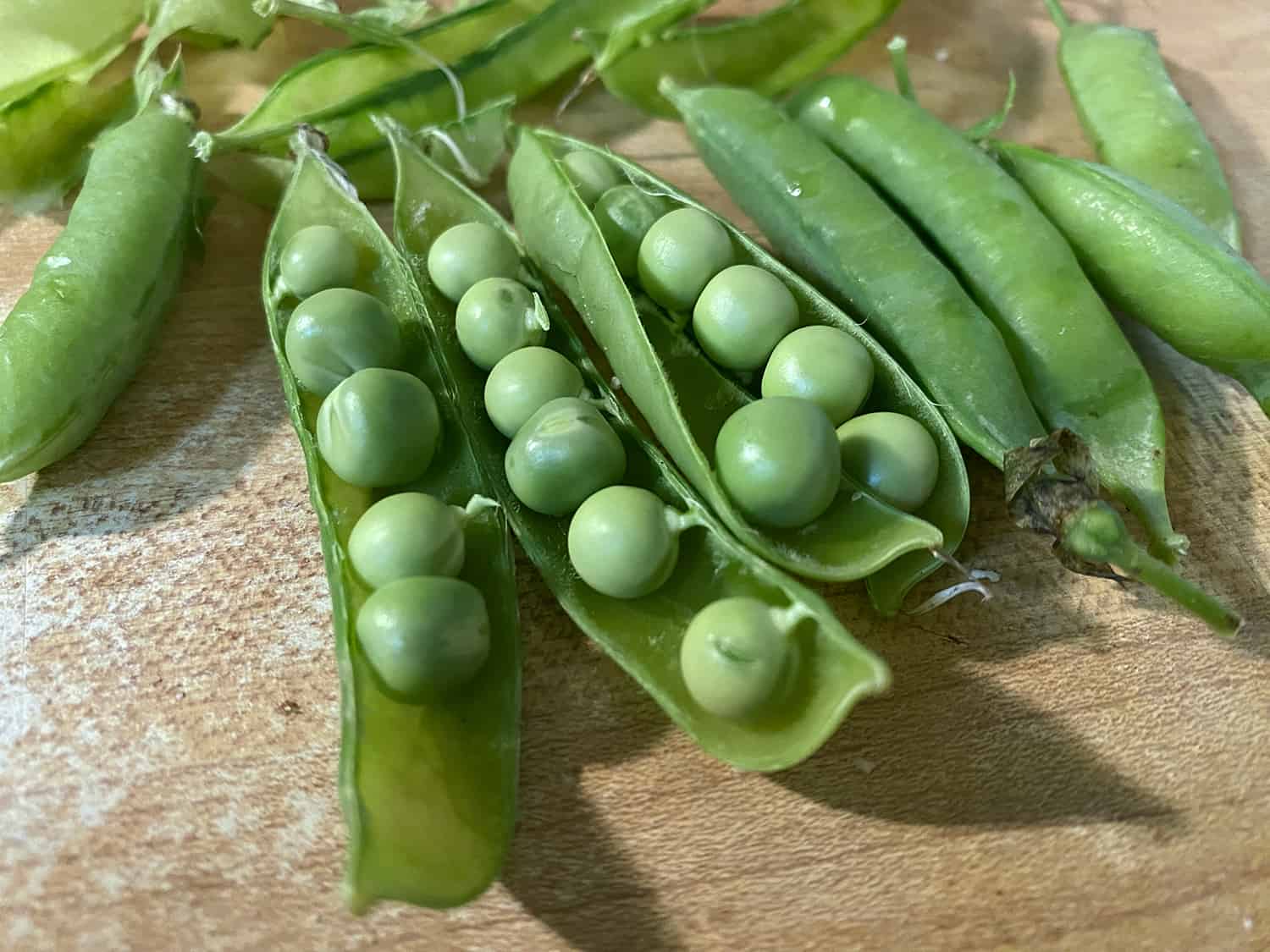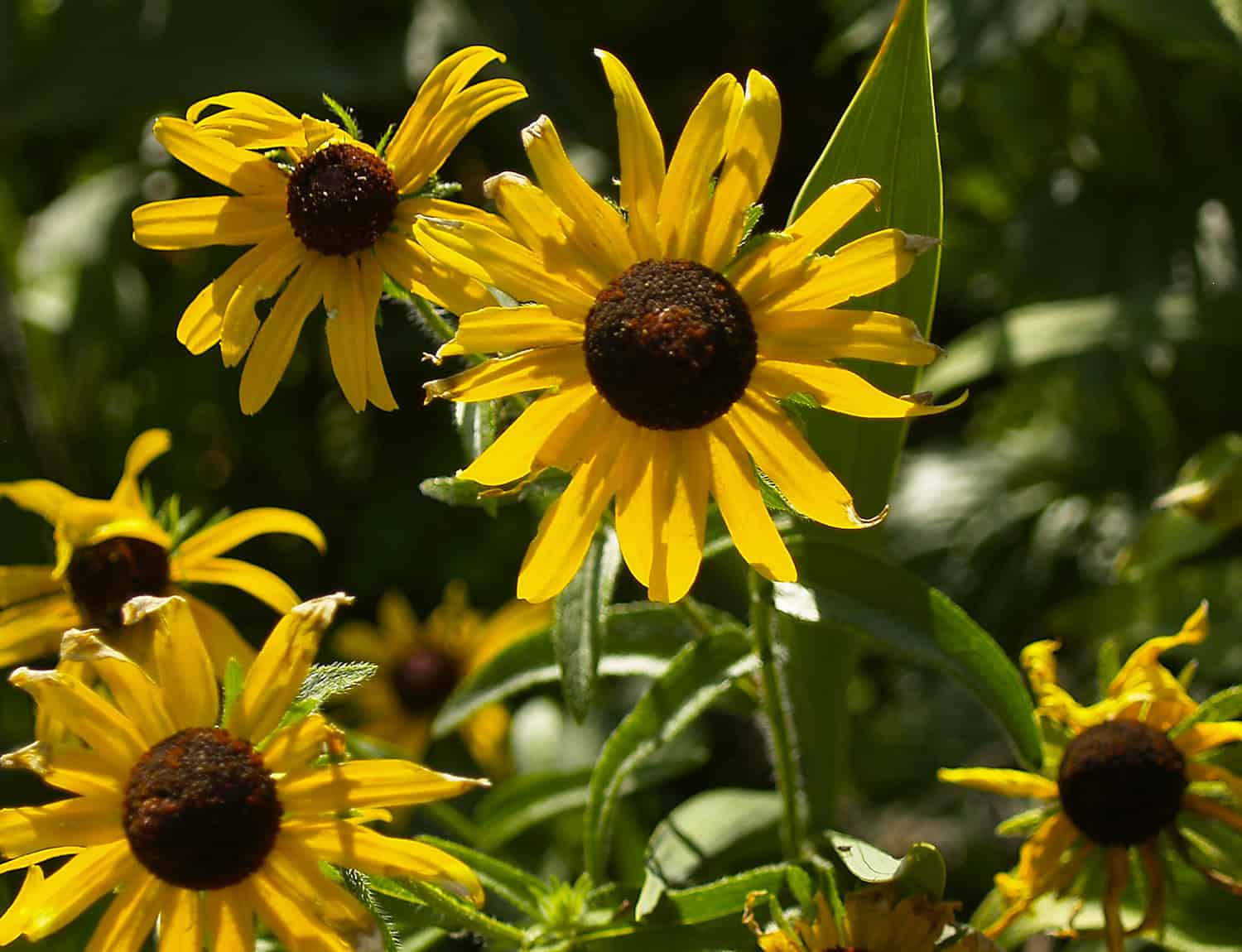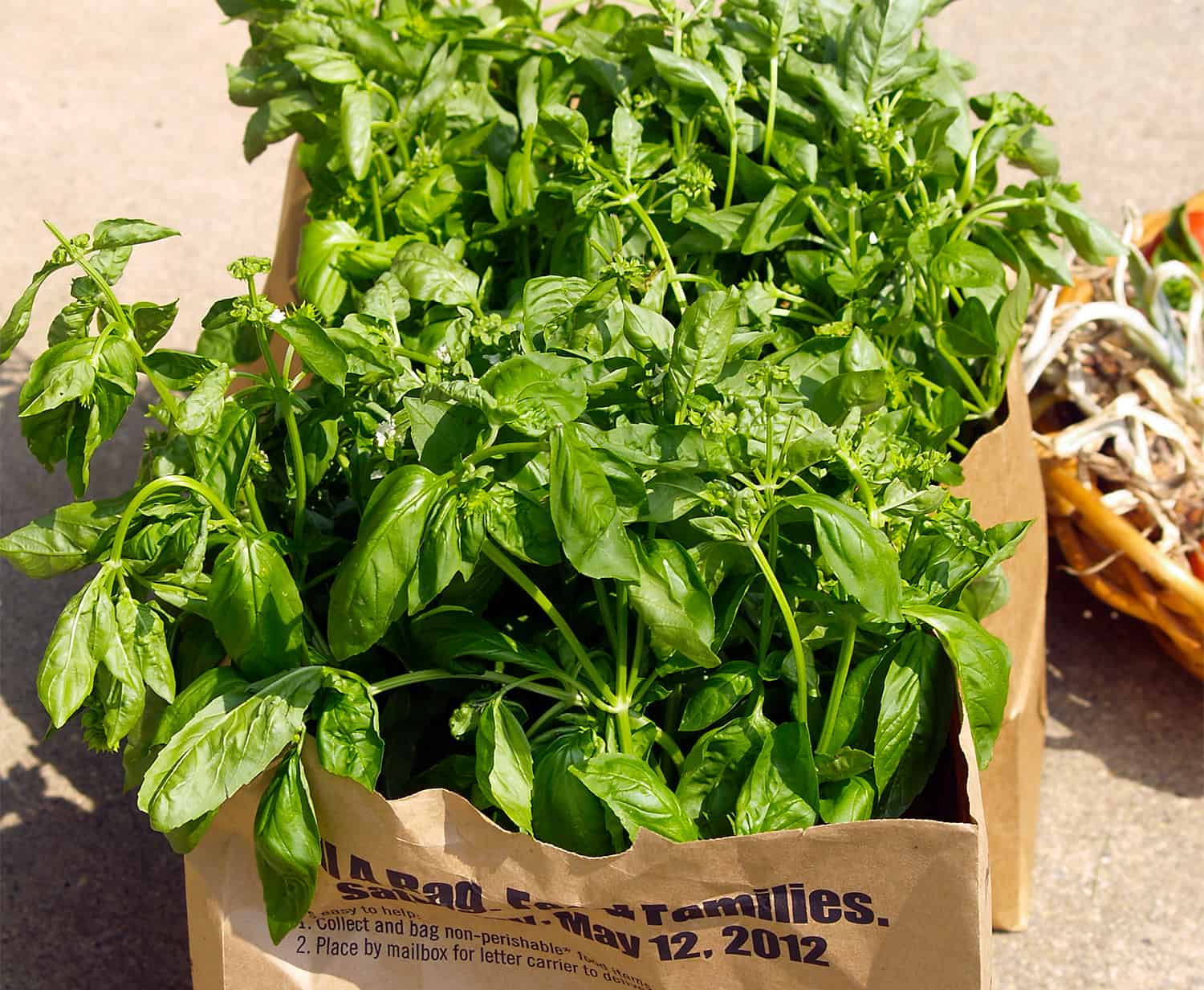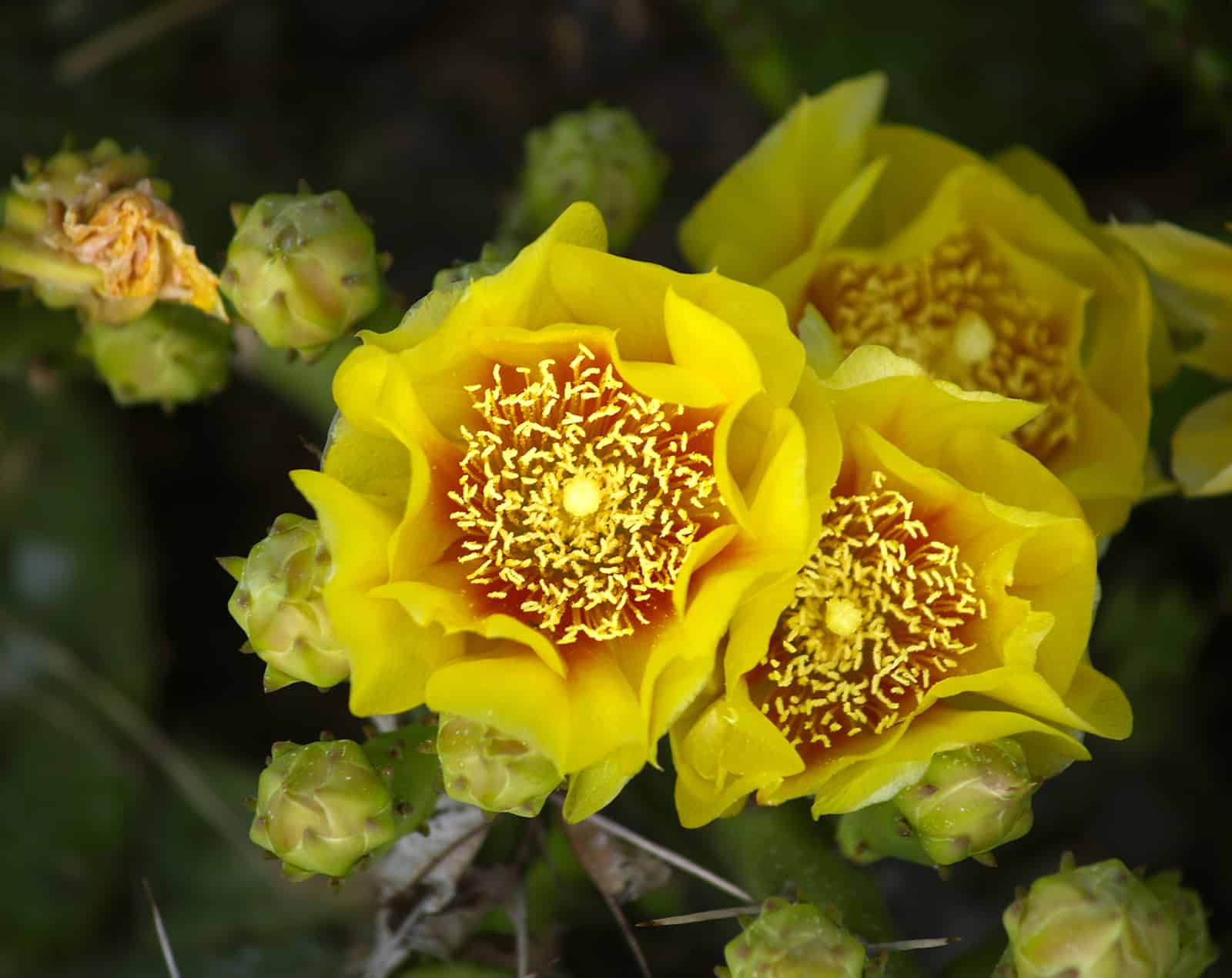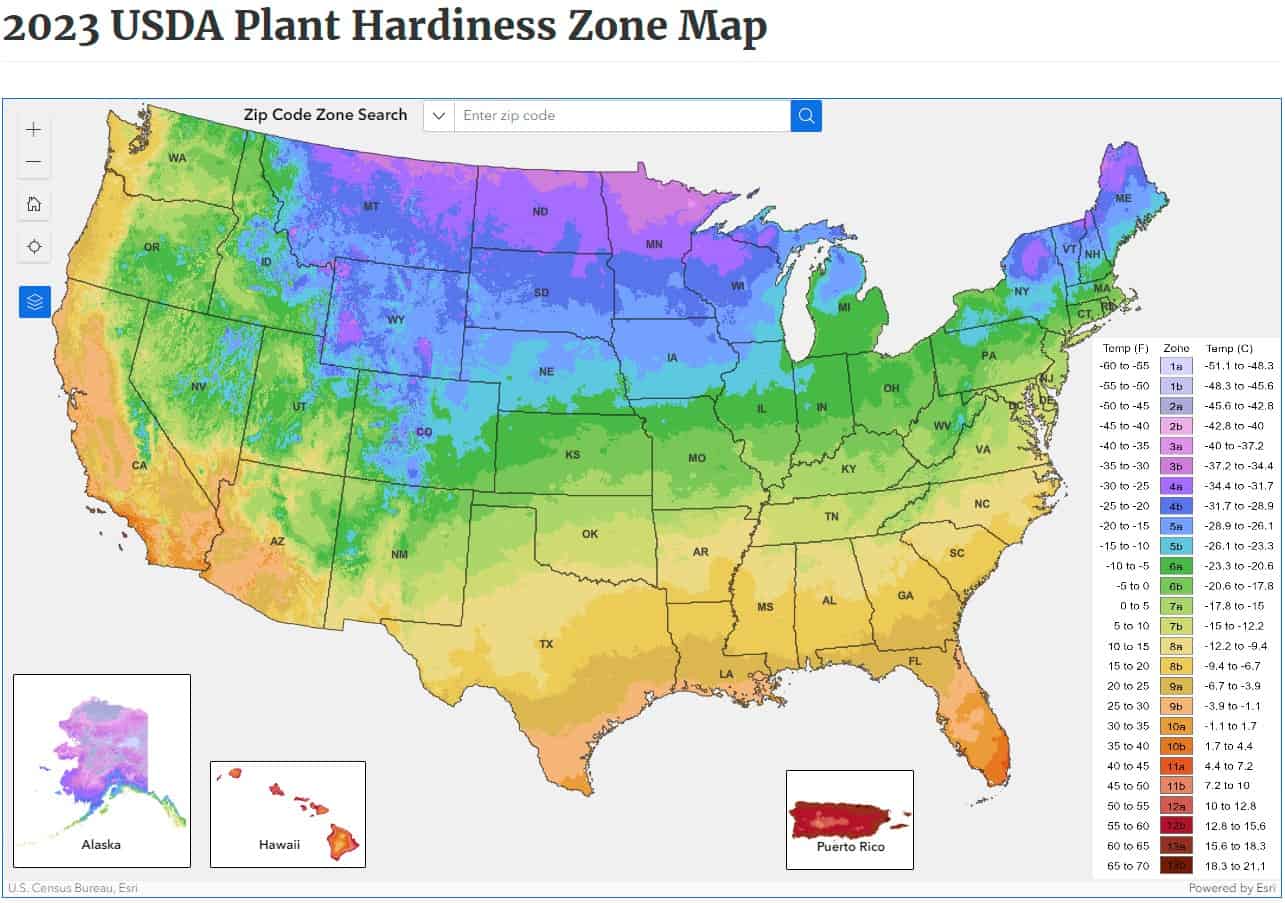[ad_1]
Peas are one of the in style greens in dwelling gardens. After I started gardening as an grownup, each member of my household and each good friend grew hordes of peas. But I struggled with it – I failed 12 months after 12 months. Now, I like rising peas, however I’m keenly conscious of how the spring climate in my nook of the world can radically have an effect on the crop.
I stay in Pennsylvania, the place chilly spring rains can saturate the soil and decay the peas planted there. Surprising chilly temperatures can sluggish development to virtually nothing. In different years, it’s immediately summer time in April, which burns the pea leaves, and the peas themselves are underdeveloped, robust, and chewy.
Now and again, now we have a type of excellent springs, with simply sufficient rain and delicate temps, and the pea crop is marvelous. I discovered that whereas peas crave plenty of daylight, they abhor warmth. Plant them early in well-drained soil and provides them just a little shelter from the afternoon solar, and it’s best to have an honest crop. I choose consuming them contemporary off the vine once they’re tender and candy. Others wish to jar, can, dry, or freeze them. I suppose it is dependent upon how many individuals in your family truly eat peas. In my dwelling, it’s simply me. So far as I’m involved, the remainder of the household doesn’t know what they’re lacking.
Enjoyable truth: Do you know that pea vines are additionally edible? Steam or sautee the tender shoot suggestions.
Varieties of peas – which to decide on?
Peas are a cool-weather crop and one of many first greens grown within the backyard annually. Like beans, each gardener has their favourite selection, and there are numerous sorts to select from. You may base your alternative in your native climate, the area you develop them in, or, in fact, the flavour and texture.
Shelling peas are, because the identify suggests, meant to be shelled, and solely the peas inside are eaten. These are largely referred to as backyard peas or English peas. Shelling peas could also be clean or wrinkled. The graceful varieties are greatest for early sowings and are hardier; wrinkled peas are sweeter and are greatest sown in late spring or summer time. There are additionally snap peas (aka sugar snap peas), snow peas, and different varieties. Pea pods could also be inexperienced, yellow, or purple, and the crops could also be tall, medium, or dwarf and mature at totally different occasions of the season.
Virtually all pea varieties for the house backyard are open-pollinated (OP). Meaning it can save you your absolutely mature peas to plant subsequent season, however ensure you retailer your peas correctly. Most kinds of peas develop on a vine that reaches about 5 toes, so I counsel rising them on a trellis in an space sheltered from excessive winds. There are additionally bush varieties that mature quicker, however their crops seem suddenly, making them an excellent alternative for canning or freezing. You too can select varieties by the variety of pea pods, size of pods, days to maturity, and stringed or stringless pods (some varieties are supposed for consuming pod-and-all). You too can select by varieties immune to sure ailments, like semi-leafless varieties, which can assist management powdery mildew.
Enjoyable truth: Black Eyed Peas aren’t peas however beans.
How, when and the place to plant peas
I struggled with discovering the fitting place on my property to plant peas. At occasions, my backyard beds grew to become saturated with spring rain, which rotted the peas earlier than they germinated. Different occasions, excessive winds turned the pea trellis right into a sail and yanked the crops out of the bottom. Lastly, I planted them on a trellis in my perennial backyard on the east aspect of my home, the place they get a great deal of morning and noon mild and a few shelter from late afternoon solar and excessive winds. Now, I get an honest crop annually. Gardening could be one large experiment at occasions.
Peas are cool-weather greens, which suggests you plant them across the similar time as Kale or Broccoli. They’re frost tolerant, to allow them to take chilly temperatures however not freezing temperatures. Cowl seedlings in a single day with a milk jug to guard them from a late frost.
Take note of the soil
For peas, it truly is all in regards to the soil. Too moist, they gained’t develop. Too dry, they gained’t develop. So ensure that your soil, no matter kind, drains properly. I ended up planting mine on a delicate slope to make sure that heavy rains run off and don’t drown the roots. A couple of weeks earlier than planting, work about two inches of compost into the world the place they’ll be planted. This not solely feeds the peas but additionally helps with water retention when you have a dry spring.
When to plant peas
Plant peas 4-6 weeks BEFORE your final frost date, as quickly because the soil could be labored. Seedlings sometimes emerge in 7-10 days. However – and this can be a main level – peas will rot in saturated soil. So when you have notably moist springs like I do (it’s been raining cats and canines for two days straight as I write this in early April), contemplate beginning your peas indoors and plant seedlings as a substitute like I do. Then I observe that up with seeds each 2 weeks into Might. However take care to guard your seedlings from rabbits – put a small fence across the seedlings.
Vining varieties must be planted straight alongside your trellis:
- Lower a small trench about one inch deep alongside the size of the trellis.
- Plant your peas about three inches aside.
- Fill loosely with the identical soil you faraway from the ditch.
- Because the seedlings emerge, they might want just a little assist attaching to or reaching the trellis – tie string to the underside of the trellis so the vine’s tendrils can simply seize it and make their approach up the trellis.
Bush sorts must be planted in rows 12-18 inches extensive, permitting the crops to help one another. In both case, stagger your plantings per week aside so you may have a continuing provide of peas till the climate will get too sizzling for them. You may plant one other crop late in summer time for a fall harvest. Optimum rising temperatures are between 55 and 65 levels Fahrenheit.
Pea rising suggestions
- Peas don’t require nitrogen fertilizers. They’re a kind of plant referred to as a nitrogen fixer, which suggests they get all of the nitrogen they want from the air in tandem with soil micro organism. Once they die and decay, they add nitrogen again into the soil, so allow them to lay in the event that they’re disease-free, or add them to your compost pile. Including nitrogen fertilizer will trigger an excessive amount of leaf development, delay flowering, and cut back the peas’ measurement. What they do want is phosphorous and potassium. Most soils within the U.S. include enough portions of each, so that you most likely gained’t have to fertilize past including some compost. If you wish to verify the vitamins in your soil, get a soil take a look at.
- Peas want water, however not an excessive amount of. In case you have a moist spring, you most likely gained’t have to water in any respect. Throughout dry durations, maintain them well-watered however not muddy. Add one inch of water per week within the absence of rainfall.
- Peas profit from mulching with straw or pesticide-free grass clippings to cut back weeds and maintain water within the soil.
- Weeds are normally not an issue round peas, because the vines shade out most competing development. However ensure you begin with a weed-free floor and gently domesticate across the peas if crucial —their roots are very delicate.
When to reap peas
Most peas take 50-70 days to mature. It may be tough to know when a pea is ideal for harvesting and far is dependent upon your private choice or the last word function – consuming them contemporary or storage. As soon as the pods begin to mature (you possibly can see the peas inside), examine them daily and pattern as you go. The peas or pods must be delicate and candy to the style, not chewy. However a phrase of warning – days matter. Two to 3 days in both path and the pea is both immature or robust and chewy. As a rule of thumb, a mature pea is barely bigger than the pea you planted. For Snow Peas, wait till the pods are the correct size as described on the seed packet. The peas inside must be tiny and solely barely seen.
Harvest Snap Peas earlier than the pods are absolutely mature, about 5-8 days after flowering. Search for full-size pods with small seeds and crisp flesh (they need to “snap”). Snap peas could be harvested frequently for 3-4 weeks.
Harvest Backyard Peas when the seeds are plump, roughly 18-21 days after flowering. Shell the peas and eat them instantly for the perfect taste.
Harvest Dry Peas when the pods are absolutely mature and beginning to dry. Pull the crops up and lay them within the backyard for 5-7 days (climate allowing). As soon as the crops are absolutely dry, decide the pods, shell the seeds, and put them in a bowl or flat floor to dry additional.
Peas maintain their taste for a couple of week within the fridge.
If the plant is freed from insect and/or illness pests, the plant could also be reduce down at floor degree. Go away the roots within the floor. Peas, like different legumes, repair nitrogen from the air and retailer it of their roots. Leaving the roots within the floor will maintain that worthwhile fertilizer there, making it obtainable for the following crop.
Pea pests and ailments
In my expertise, the largest drawback for peas is Powdery Mildew, which rapidly wipes out the crop. That is particularly frequent when the spring could be very moist, which inspires fungal development. Powdery Mildew seems as white, powdery-looking development on the plant and should seem in a short time. If it does, take away the complete plant from the backyard and put it within the trash – don’t compost. To stop powdery mildew, develop resistant varieties or use a licensed natural powdery mildew therapy BEFORE signs happen.
White mould is one other frequent drawback for peas. This seems as fluffy, white fungal development that causes the entire leaves on the stem to die. As with powdery mildew, there isn’t a treatment for white mould, and the plant have to be disposed of. To assist keep away from fungal development of every type in peas, focus watering on the foundation zone of the plant and attempt to not get the leaves moist. Moist leaves encourage fungal development.
Different molds and ailments of peas embody Brown Spot, Fusarium Root Rot, and Grey Mould.
Insect pests
Aphids and cutworms are the most typical insect pests of peas. Aphids are soft-bodied bugs that make their presence well-known: you’ll see massive lots of them on the plant, forsaking their “honeydew,” which causes sticky leaves, leaf discoloration, and curling leaves. Aphids are inexperienced or yellow and could be knocked off the plant with a jet of water. They may also be managed with insecticidal cleaning soap.
Cutworms do as their identify suggests—they curl their our bodies across the base of the stem and feed on it, chopping the stem off simply above soil degree. Cutworms aren’t worms; they’re the caterpillar stage of a number of species of moths.
Leafminers create white splotches on the leaves, which die and drop from the vine. In case you uncover leafminers, pull out the complete plant, together with the roots, and trash it.
Mexican Bean Beetles feed on the underside of leaves, which causes the highest of the leaf to dry out. Brush the beetles off together with your hand and management them with an insecticidal cleaning soap.
Most insect pests of peas could be knocked again with diatomaceous earth, an natural insecticide.
We backyard in Pennsylvania, United States, zone 6B. A lot of the information we share is predicated on gardening in our temperate space. However lots of the flowers, greens, and fruit we write about could be grown in soil apart from ours (clay) and considerably totally different climate situations and elevations. You may want to decide on particular varieties to your area, modify your backyard, add soil amendments, or alter the soil pH to match our outcomes. Please examine your native college extension web site for specifics to your space.
Sources: Rising Peas In Dwelling Gardens, College Of Minnesota Extension; How To Develop Peas, Royal Horticultural Society, How To Develop Peas in Your Backyard, Utah State College Yard and Backyard Extension; A Gardeners Information To Peas, Penn State Extension.
[ad_2]
